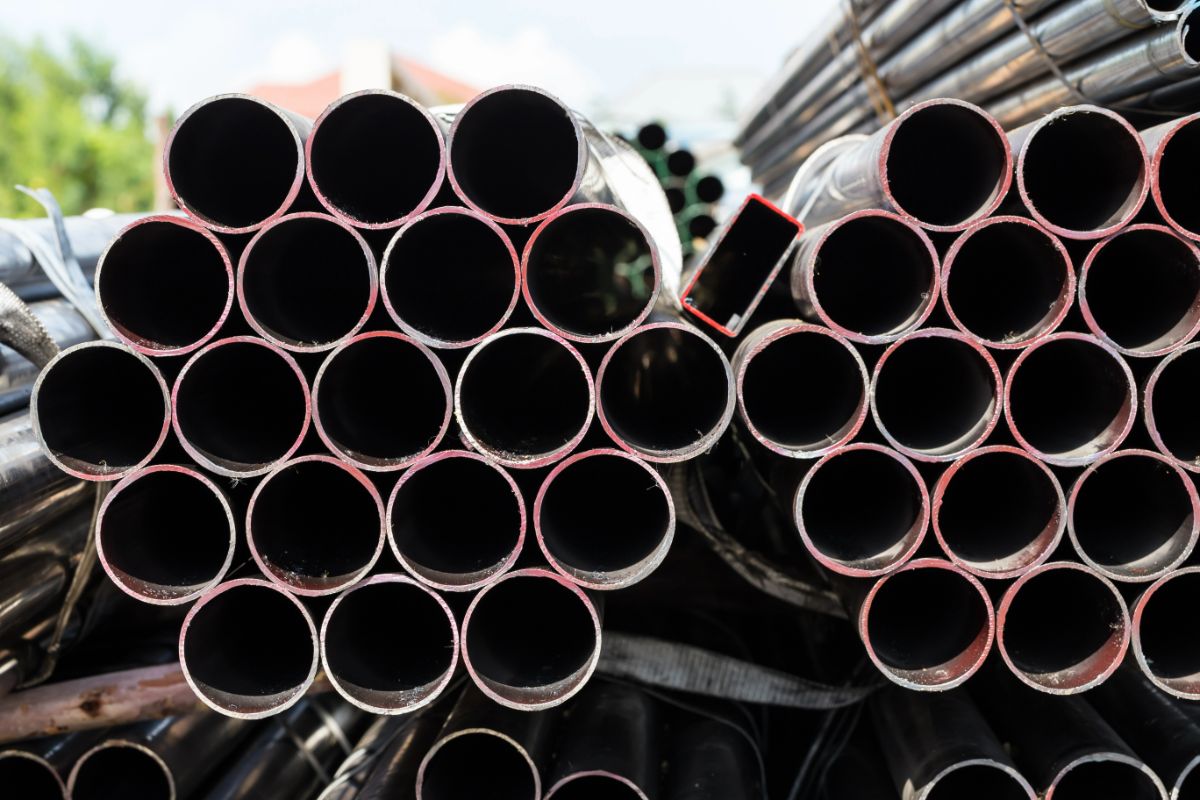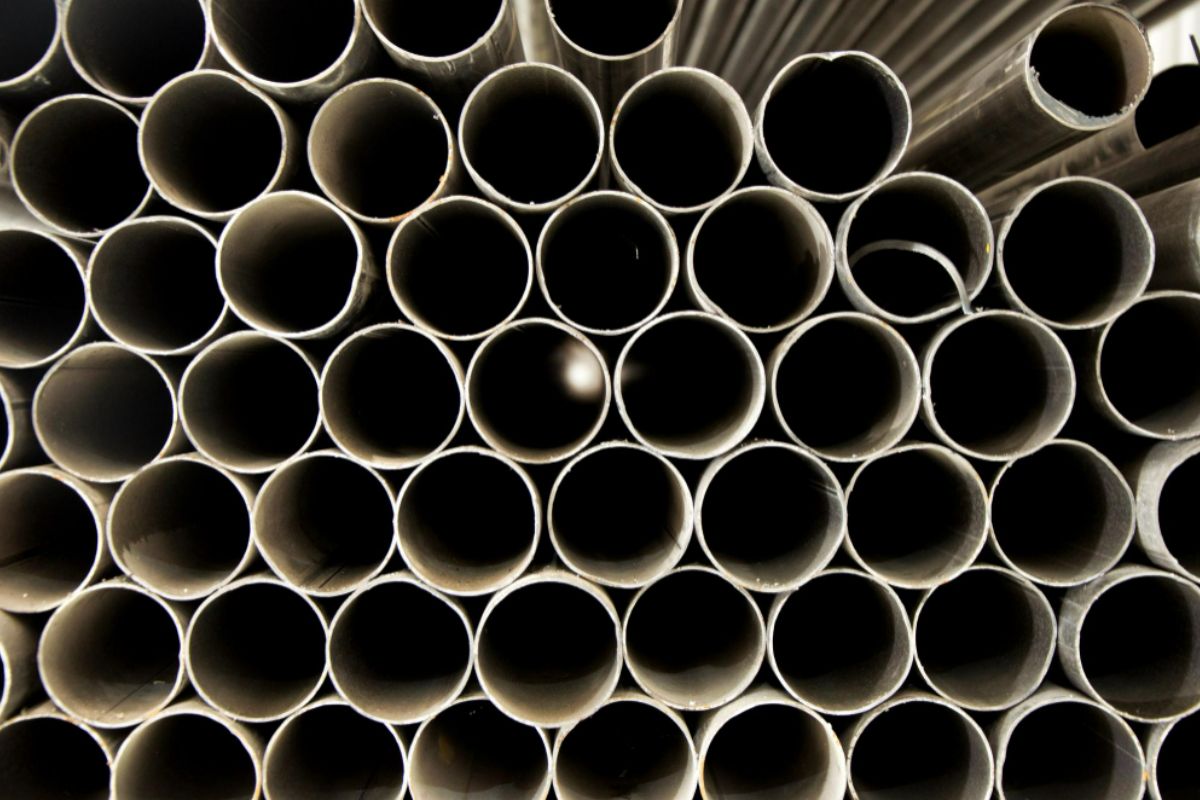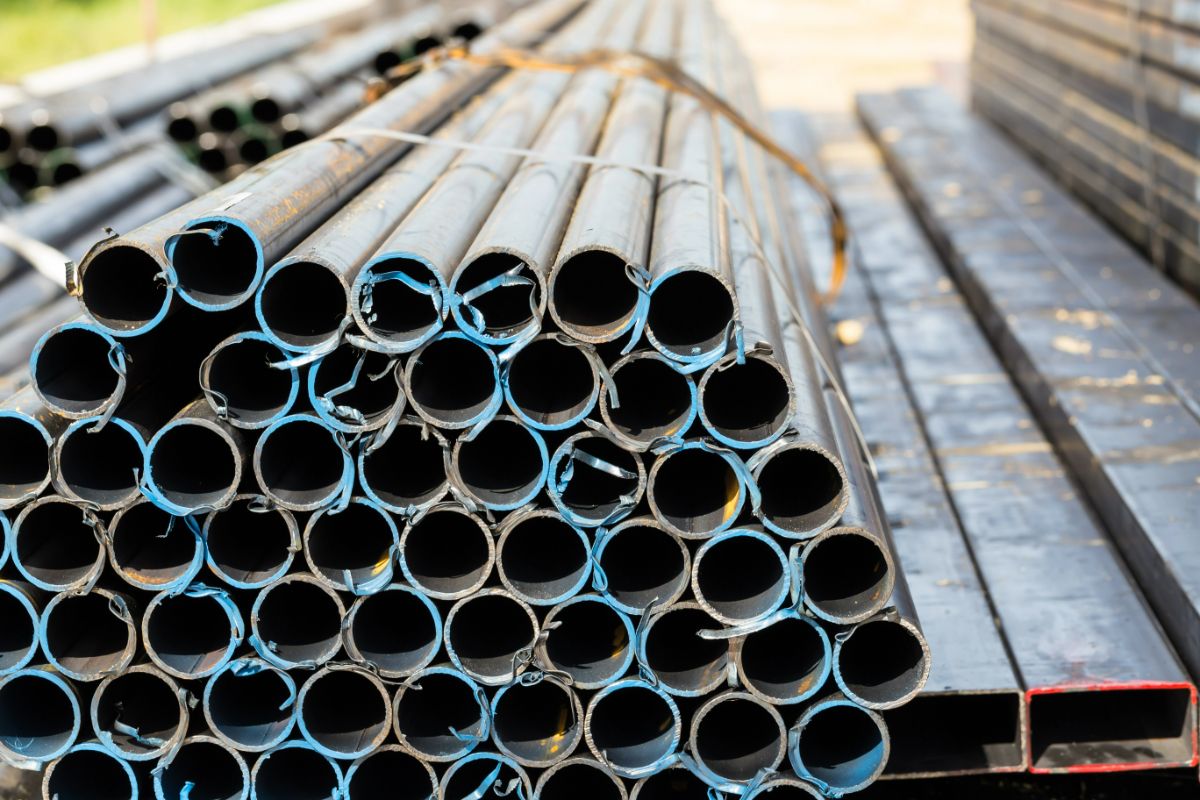
How to Choose the Right Type of Steel Pipe
How to choose the right type of steel pipe for your piping system?
- Know its application requirements
- Consider its size and strength
- Determine its materials
- Know the elements it will be exposed to
- Consider the maintenance process
Overview
- Choosing the right steel pipe is crucial for the success of any project, as it impacts the system’s durability, safety, and efficiency.
- This article outlines key considerations—such as understanding the pipe’s application, size, strength, material, and environmental exposure—that are essential for making informed decisions to ensure optimal performance and long-term reliability.
Knowing how to choose the right steel pipe ensures the effectiveness, durability, and safety of any project or application. Steel pipes are integral components in various industries, from construction and manufacturing to oil and gas. Each requires specific characteristics to meet performance.
This guide provides essential insights into considerations for selecting the most suitable steel pipe, helping you make informed decisions to optimize performance and reliability in your projects.
Types of Pipes and their Applications
Steel pipes are highly valued for their strength, durability, and versatility, making them essential across various industries. Each type offers distinct advantages tailored to specific applications:
- Stainless Steel Pipes: These pipes are renowned for their exceptional corrosion resistance and high-temperature tolerance, ideal for industries handling corrosion substances such as chemical manufacturing, food processing, and pharmaceuticals.
- Galvanized Steel Pipes: They are coated with zinc to prevent corrosion. They are used in plumbing and drainage systems. Their robustness and durability also make them suitable for structural applications including fencing and railings.
- Black Steel Pipes: These pipes are frequently employed for transporting gas and water. Their seamless construction makes them ideal for low-pressure applications in sectors like construction and plumbing.
Additionally, steel pipes are categorized based on their manufacturing processes, including seamless and welded varieties.
Understanding the different types and their applications is crucial, but selecting the right steel pipe also involves considering other factors to ensure optimal performance and suitability for your specific needs.
Know Its Application Requirements
Application requirements include operating pressure, temperature conditions, and more. Additionally, mechanical strength and chemical compatibility ensure the pipe can handle stresses and transport fluids safely. Their dimensions must match project specifications, and they should meet industry standards.
Evaluating these requirements ensures optimal performance and durability by matching the pipe’s characteristics with the specific demands. For instance, black iron pipes are often used for transporting water, gas, and other fluids in low-pressure applications since corrosion resistance is less critical, but strength and durability are essential.
Consider Its Size and Strength

Size affects the flow capacity and pressure handling of the pipe. The diameter and wall thickness must match the requirements of the system to ensure it can accommodate the volume of fluids or gases and withstand the pressures involved. An incorrectly sized pipe could lead to inefficiencies, increased energy costs, or even system failures.
On the other hand, strength ensures a pipe can handle the mechanical stresses it will encounter during operation. This includes resistance to internal pressure, external forces, and environmental conditions. Pipes with inadequate strength may fail under high pressure or harsh conditions, leading to potential safety hazards and costly repairs.
Determine Its Materials
Material composition affects the pipe’s resistance to environmental factors such as corrosion, temperature extremes, and chemical exposure. For instance, stainless steel pipes are highly resistant to corrosion and are ideal for harsh environments, while galvanized steel pipes have a zinc coating providing corrosion resistance in less aggressive settings.
Selecting the right material ensures the pipe can withstand the operational stresses and pressures it will encounter, preventing premature failure and extending service life.
Furthermore, compatibility with the transported fluids or gases is also critical. Some materials react adversely with certain chemicals or temperatures, which could lead to leaks or degradation of the pipe.
Know the Elements it Will Be Exposed to

External elements such as UV radiation, wind, and physical wear and tear can affect the durability and performance of pipes.
Prolonged exposure to UV radiation can degrade the surface of certain pipes, especially non-metallic ones, leading to cracking and weakening over time. Wind, particularly in sandy or dusty environments, can cause abrasion as particles are blown against the pipe’s surface, gradually thinning the pipe wall and reducing its strength.
Additionally, physical wear and tear from mechanical forces such as impact, vibration, or repeated contact can compromise the pipe’s structural integrity, increasing the risk of leaks or ruptures.
Consider the Maintenance Process
The maintenance process determines how frequently the pipes will need to be inspected, repaired, or replaced. Opting for pipes that are highly resistant to corrosion or wear can reduce maintenance frequency, lowering labor costs and minimizing operational downtime.
For instance, opting for galvanized steel pipes over standard black steel pipes could be beneficial. GI pipes have a zinc coating that provides additional corrosion resistance, reducing the need for frequent inspections. This lowers long-term maintenance costs, ensuring the system remains reliable with less effort.
Key Takeaway
We’ve just featured how to choose the right steel pipe for your project’s unique needs. This includes considering the pipe’s size, strength, material, and the environmental conditions it will face. Paying attention to these and planning for long-term maintenance ensures durability, reliability, and cost-efficiency, making it the best fit for your specific application.
Find the right type of steel pipe for your system here at Supreme Pipe. As a leading reliable steel pipe supplier in the Philippines, we at Supreme Steel Pipe Corp. guarantee high-quality steel pipes. Check out our website or reach out to us to learn more.


